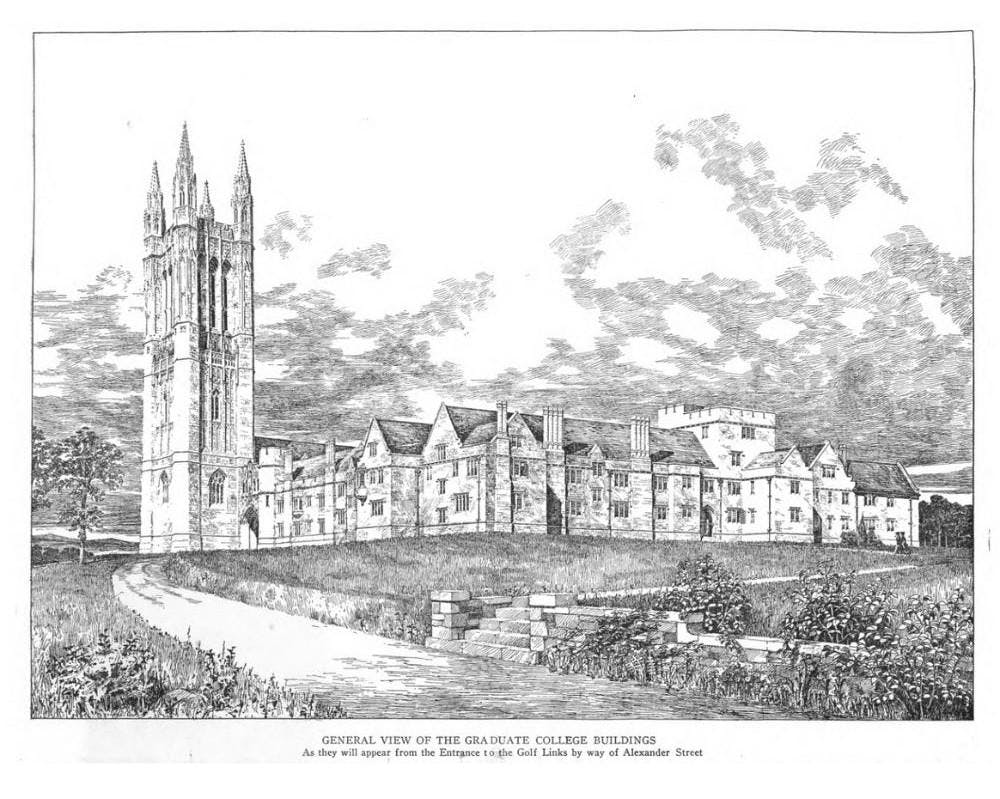This week, Princeton marks the 125th anniversary of its Graduate School, inviting reflection and resolve on the global interconnectedness of higher education and scholarship in the University’s own backyard.
The Graduate School has historically fielded a higher proportion of international students than the University’s undergraduate population.
“When we educate people here, they go back to their home countries or stay here and make real contributions that underscore the whole notion of international exchange,” said Joy Montero, a former associate dean for student life at the Graduate School.
The Daily Princetonian reported in 1997 that 42 percent of graduate school admits are international, a significant increase from the 36 percent of the year before. In the last academic year, 2024–2025, the Princeton Graduate College saw the highest rate of international student enrollment in the last 10 years.
The University undergraduate community began evolving into an international institution in 1868 under the oversight of University President James McCosh. The effort to diversify continued into the founding of the Graduate School in 1900, when the concept of an international education became more widespread. In the decades following World War II, foreign scholars from places including Europe, Asia, and Latin America were enticed by the promise of American higher education as both a refuge and a frontier of educational innovation. By 1974, the international center served around 300 graduate students, and the Graduate School’s halls carried conversations in a wide breadth of languages, as students from every corner of the world came to pursue their passions.
Today, more than 40–45 percent of the University’s graduate students are international, representing over 100 countries. The Graduate College’s monthly High Table dinners, meant to bring together the faculty and students, feature toasts in multiple languages, and the alumni networks span across the world from Accra to Singapore.
“All the friends I have here are international, and they bring a very different perspective. They have different life experiences that I’m not sure I would have learned about if I hadn’t met them,” Subash Katel GS said. Katel is a student from California who studies computer science and quantum architecture. He said that a key part of Princeton is the ability to learn not just from classes, but also “the other students, alike and different.”
While Princeton’s international graduate student admission rate ranks among the highest in the world, this defining element of the graduate community faces continued uncertainty. Recent executive actions have suspended student visa processing, proposed capped international student admission percentages, and revoked university sponsorships for certain campuses accused of noncompliance or political bias. For graduate students, whose programs are typically five years long and depend on research grants, these measures put tension on academic continuity.

“There is a lot of tension among [international graduate students] and their visas because they are unsure if they can even go back to their home countries,” Katel said. “They don’t know if they’ll be allowed back if they leave, and, with many students’ funding revoked, they don’t know if they are going to be able to contribute to research.”
Ella King is a contributing Archivist for the ‘Prince.’
Please send corrections to corrections[at]dailyprincetonian.com.









